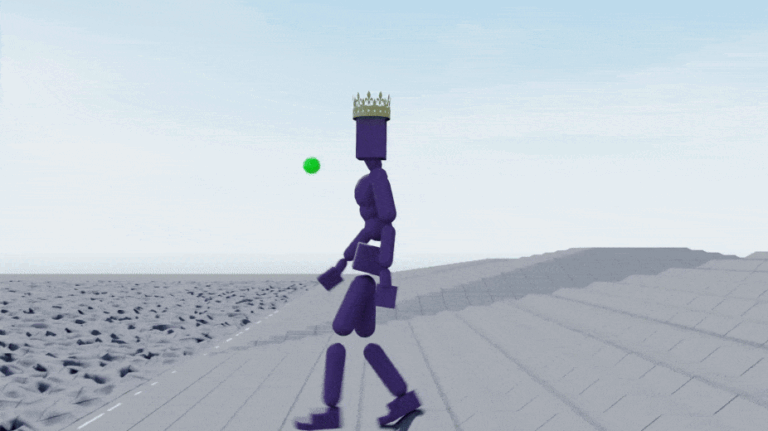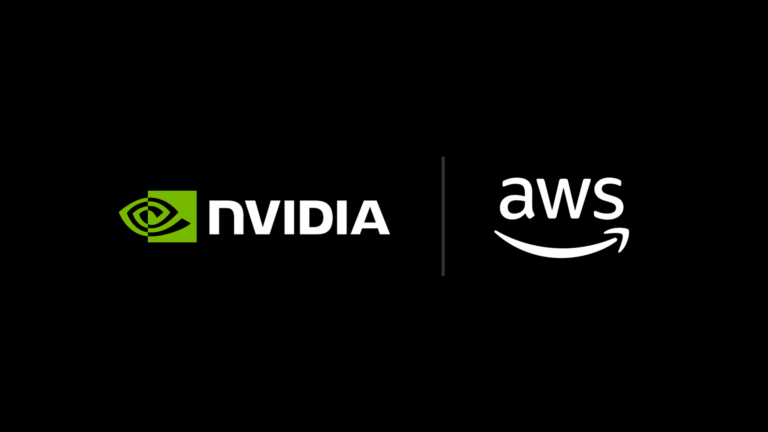 Creating interactive virtual characters that move naturally and respond intelligently to diverse control inputs remains one of the most challenging problems in…
Creating interactive virtual characters that move naturally and respond intelligently to diverse control inputs remains one of the most challenging problems in…
Creating interactive virtual characters that move naturally and respond intelligently to diverse control inputs remains one of the most challenging problems in computer animation and robotics. While high-performance parallel simulators such as NVIDIA Isaac Sim enable significant progress in training interactive humanoids, current approaches still face a fundamental limitation. That is…

 As quantum computers scale, tasks such as controlling quantum hardware and performing quantum error correction become increasingly complex. Overcoming these…
As quantum computers scale, tasks such as controlling quantum hardware and performing quantum error correction become increasingly complex. Overcoming these… A common operation in data analytics is to drop duplicate rows. Deduplication is critical in Extract, Transform, Load (ETL) workflows, where you might want to…
A common operation in data analytics is to drop duplicate rows. Deduplication is critical in Extract, Transform, Load (ETL) workflows, where you might want to…